In the fast-evolving world of design, artificial intelligence (AI) has become an essential asset for UI/UX designers. It’s transforming how designers work and unlocking new possibilities for creating seamless user experiences. AI-driven tools are reshaping the design process by automating tasks, offering deeper insights, and enabling designers to bring their visions to life more efficiently. In this guide, we’ll explore the AI tools every UI/UX designer should master to stay competitive and deliver impactful, user-focused designs.
Khroma
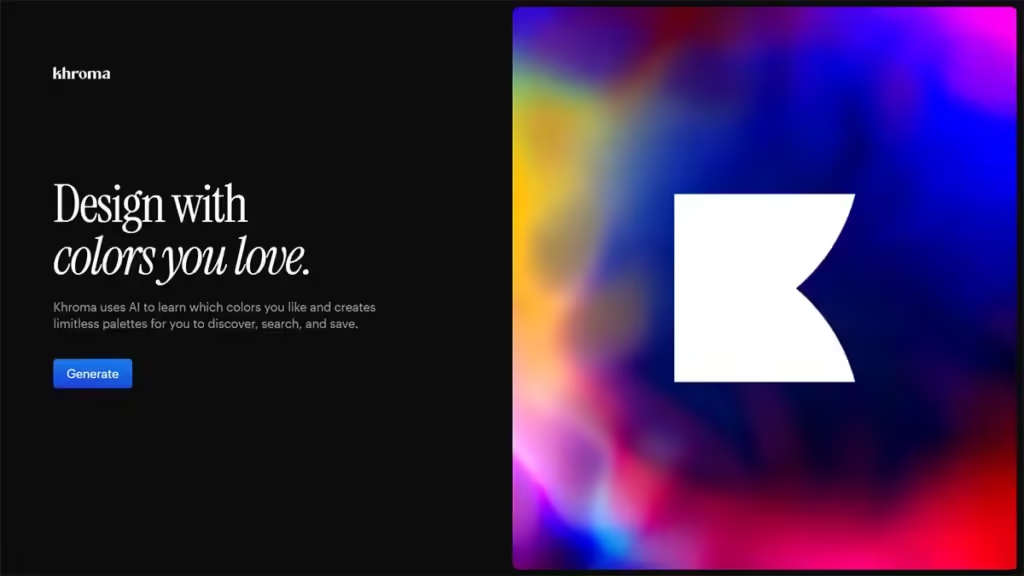
Selecting the perfect colors is critical to creating impactful and cohesive designs, and Khroma is designed to streamline this process. This AI-powered tool analyzes your color preferences through machine learning, understanding your unique aesthetic to generate personalized color palettes. Whether you’re working on branding, web design, or product packaging, Khroma helps you maintain consistent color schemes by creating customize combinations that suit your style.
Uizard
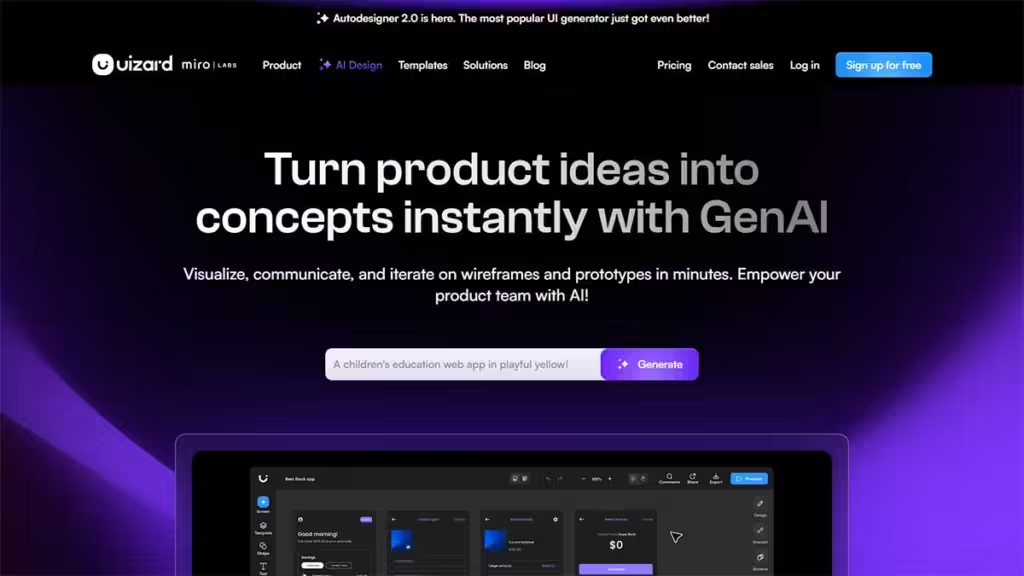
Uizard is revolutionizing design with its AI-powered tool that quickly transforms paper sketches into digital designs in seconds. Ideal for designers looking to prototype ideas without getting bogged down in details, Uizard simplifies the process: sketch your concept, take a photo, and watch it turn into a digital interface ready for refinement. This tool accelerates the design process while empowering creativity, enabling designers to focus on realizing their visions.
Fronty
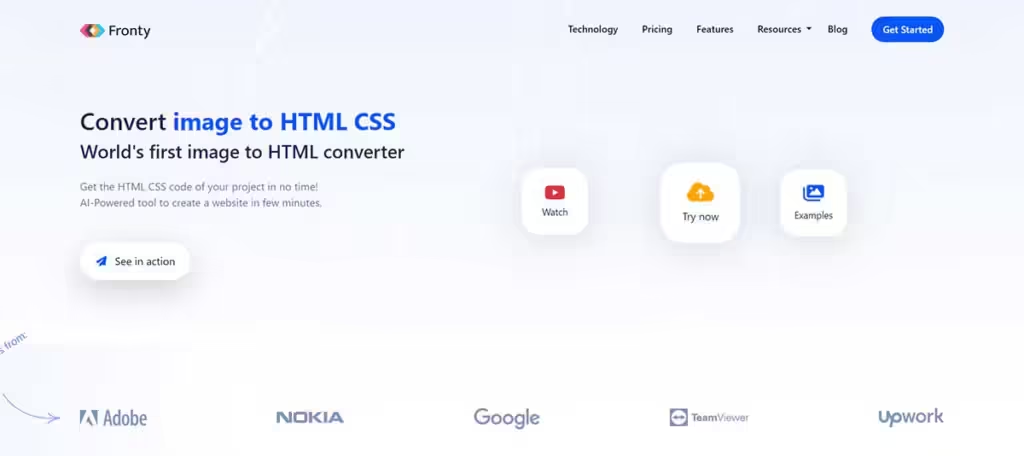
Fronty is a cutting-edge AI-powered tool that effortlessly converts images into front-end code. Users can upload any design image, whether it’s a mockup or prototype, and the tool generates clean, responsive HTML and CSS code in seconds. By bridging the gap between design and development, Fronty streamlines workflows for both developers and designers, enhancing collaboration and efficiency throughout the project lifecycle.
LetEnhance
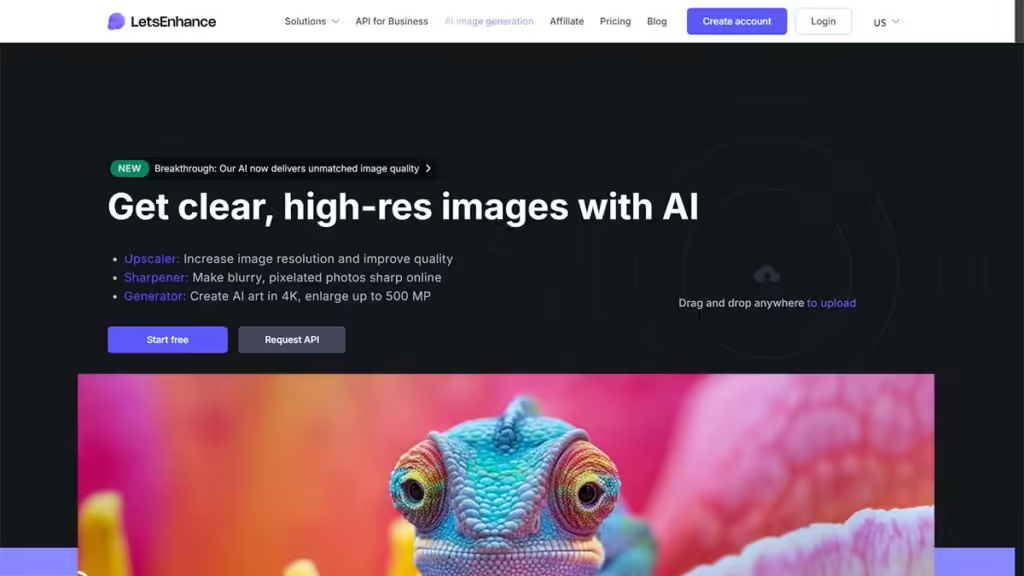
Let’s Enhance is a powerful AI-driven tool that elevates image resolution, resulting in significantly improved image quality. It is particularly useful for designers handling low-resolution assets, as the AI intelligently enhances detail and sharpness, transforming images into high-quality visuals suitable for both high-resolution displays and professional printing. With its user-friendly interface and fast processing capabilities, Let’s Enhance streamlines the workflow for designers, enabling them to produce stunning, crisp images effortlessly.
Designify
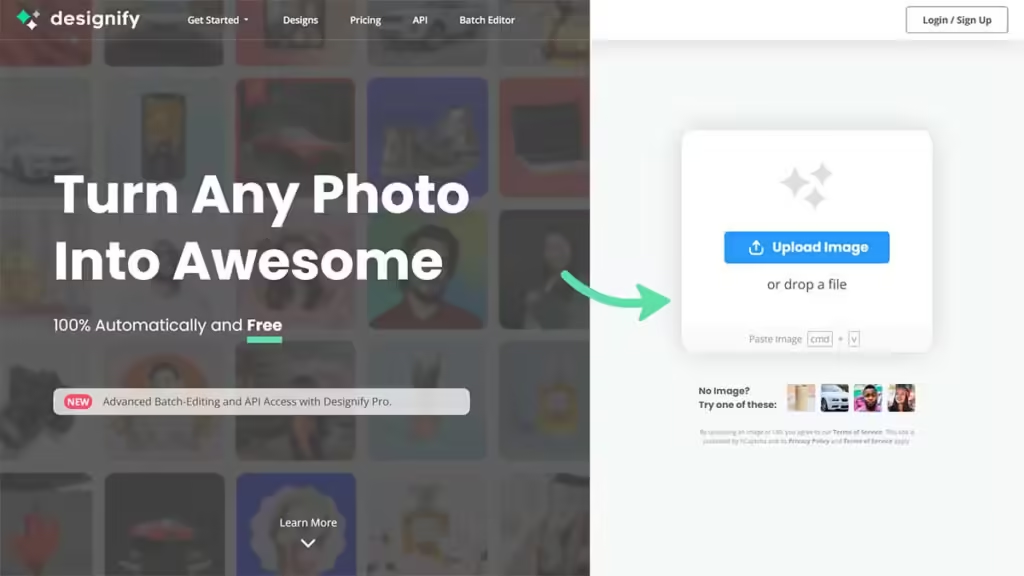
Designify is an AI-powered tool that simplifies the creation of high-quality images for websites and apps. By analyzing your content, it provides personalized recommendations for layouts, styles, and visual elements, enhancing the user experience. Ideal for designers, Designify allows you to quickly generate professional visuals without starting from scratch, enabling you to focus on creativity rather than technical details. Elevate your projects effortlessly and achieve stunning results in no time with Designify.
Otter
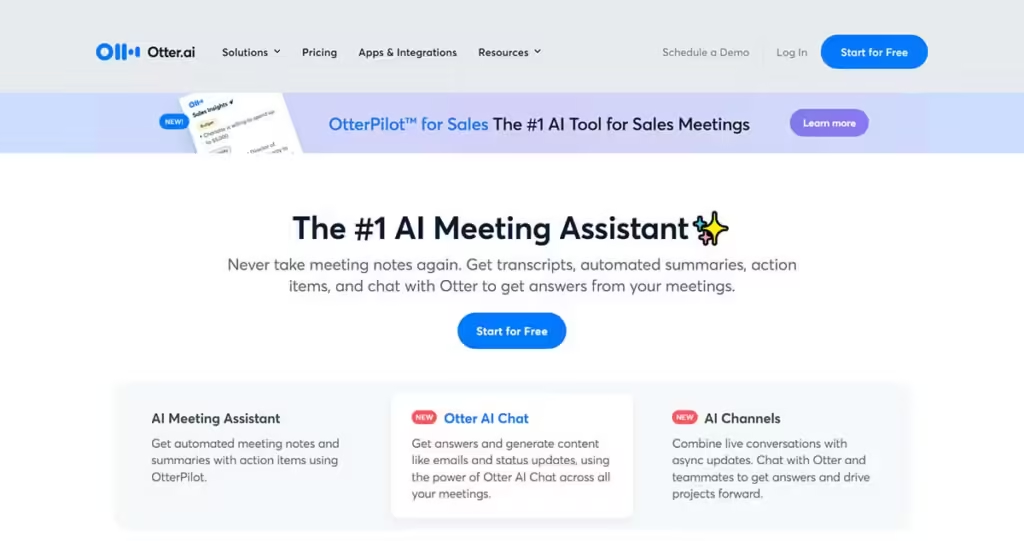
Otter.ai greatly improves productivity and collaboration for UX teams with its advanced transcription capabilities. Particularly useful for moderated user interviews, it automatically captures participant feedback in real time. This allows designers to skip tedious note-taking and focus on meaningful conversations to gather valuable insights. Additionally, the platform enhances accuracy with its speaker identification feature, labeling moderators and participants while ensuring quotes are correctly attributed.
Midjourney
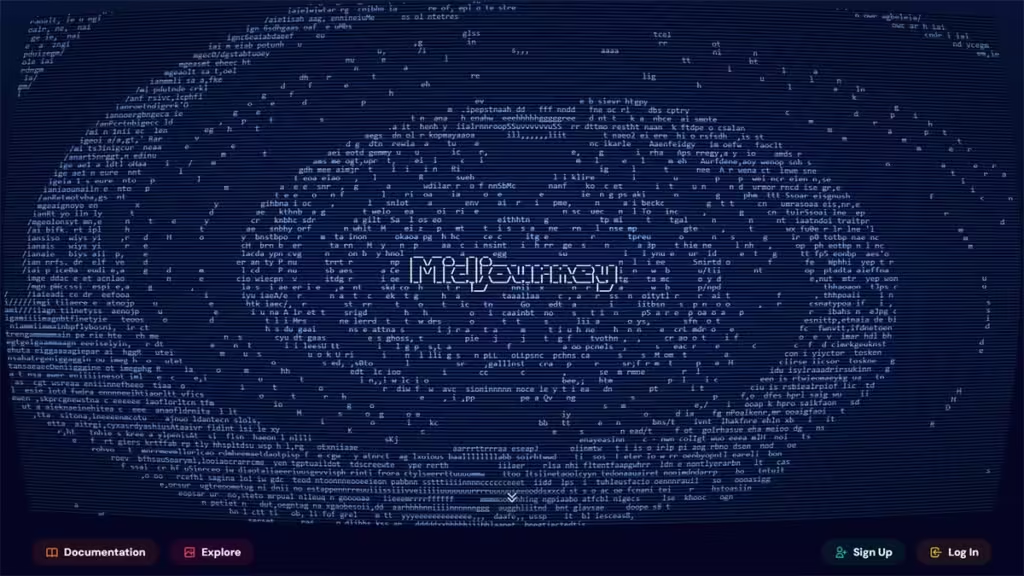
Midjourney is an AI-powered tool that excels in generating high-quality images from text prompts. Tailored for artists, designers, and creatives, it empowers users to transform their ideas into captivating visuals through straightforward textual descriptions. By leveraging advanced machine learning algorithms, Midjourney produces unique and imaginative artwork, making it an invaluable resource for anyone looking to elevate their projects with original graphics.
Neurons
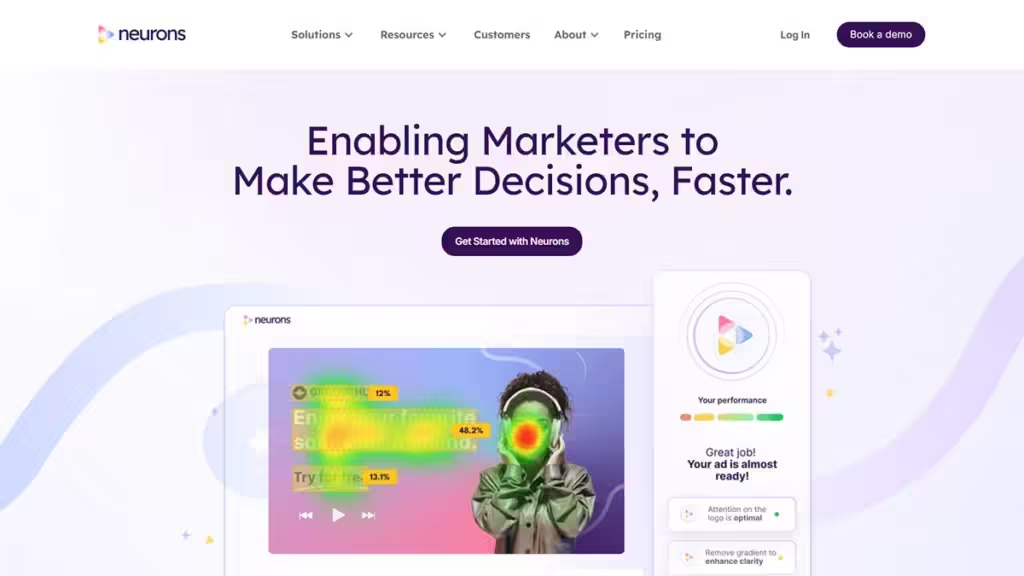
Neurons AI is a cutting-edge platform that harnesses the power of artificial intelligence to streamline the creation and deployment of machine learning models. Tailored for data scientists and developers, it simplifies intricate tasks such as data preprocessing, model training, and evaluation through intuitive interfaces and automated workflows. By making machine learning more accessible, Neurons AI empowers users to rapidly develop predictive models without requiring extensive programming expertise.
Galileo AI
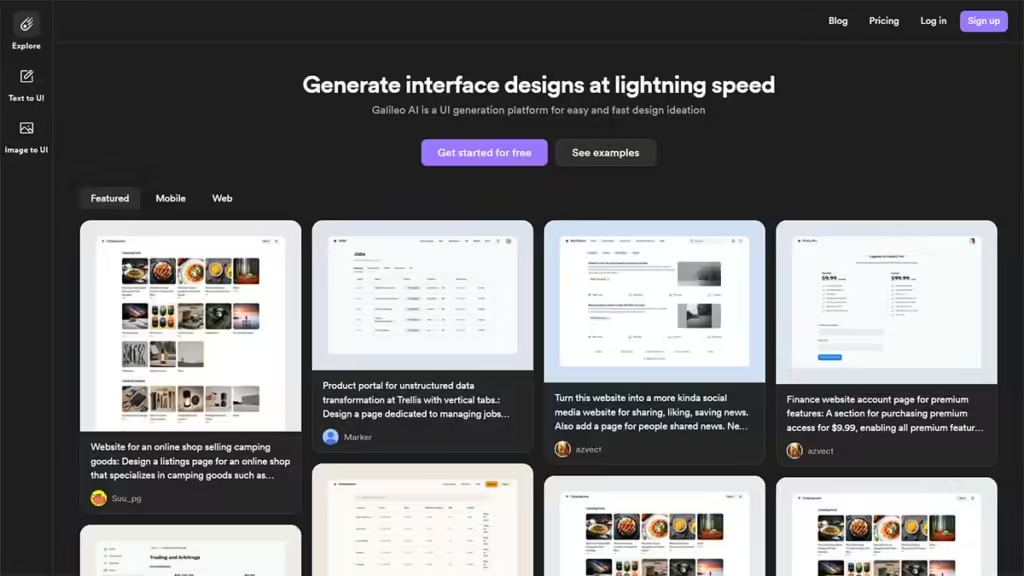
Galileo AI is a robust platform that harnesses the power of artificial intelligence to streamline and elevate the content creation and management process. Tailored for marketers, content creators, and businesses, it automates key tasks such as content generation, optimization, and analysis, allowing users to efficiently produce high-quality, engaging materials. By reducing the time and effort required for content development, Galileo AI empowers users to focus on strategic creativity and deliver impactful messaging that resonates with their target audiences.
Visily AI
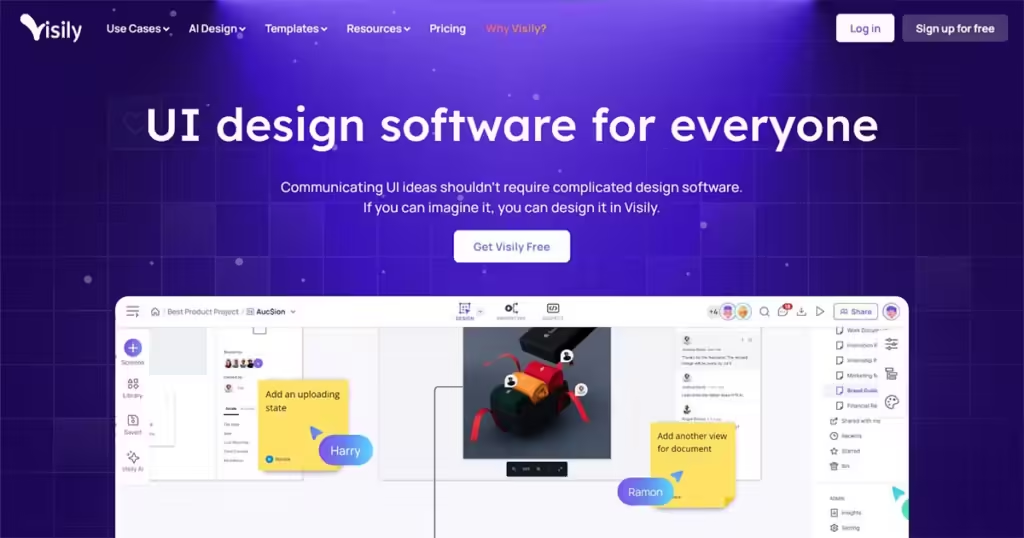
Visily AI is an advanced design platform that utilizes artificial intelligence to simplify the creation of user interfaces and wireframes. Designed for designers and product teams, it allows users to quickly transform concepts into interactive prototypes. With its intuitive drag-and-drop interface, automated design suggestions, and real-time collaboration tools, Visily AI facilitates seamless teamwork. By streamlining the design process, it empowers users to concentrate on creativity and innovation, effectively bringing their ideas to life.
Conclusion
In conclusion, embracing AI tools is essential for UI/UX designers aiming to stay ahead in the industry. These tools enhance productivity by automating tasks and enable more creative, data-driven design approaches. By integrating AI into your workflow, you can create more intuitive, personalized, and user-focused experiences, ensuring you remain competitive in a rapidly changing field. As AI evolves, designers who adapt and leverage its potential will play a key role in shaping the future of design.

Leave a Reply